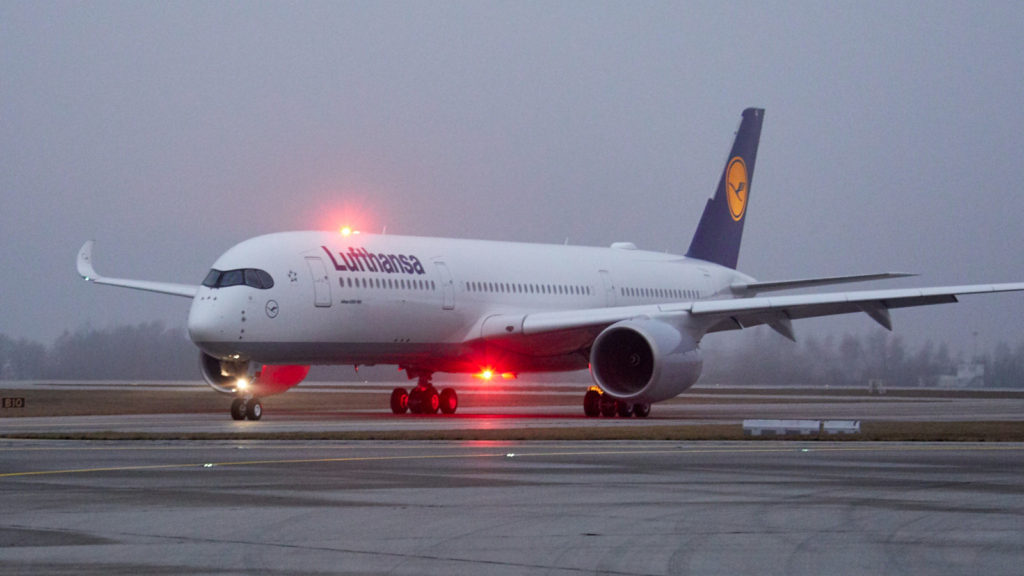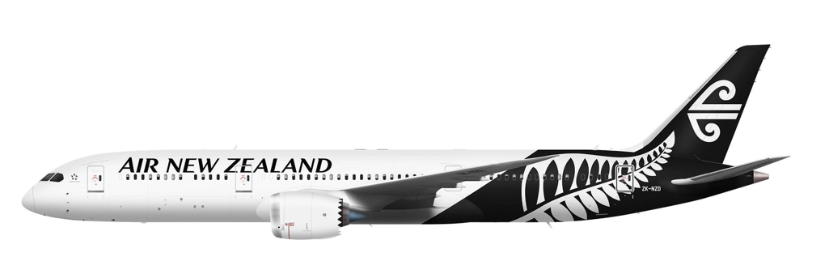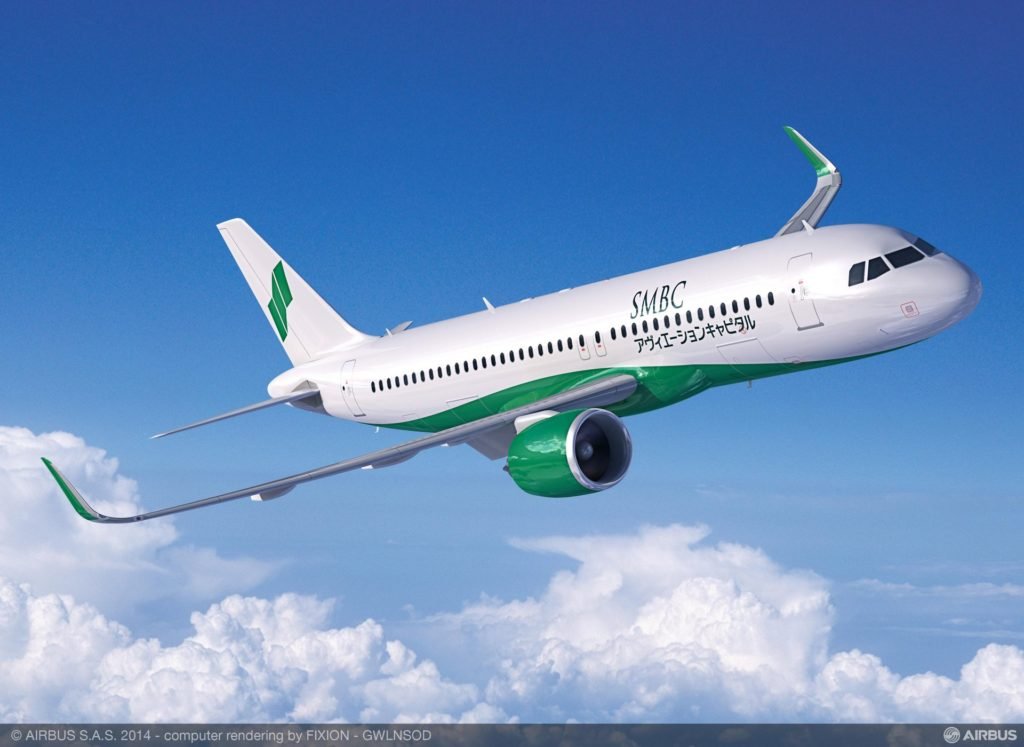Lufthansa Orders 40 Boeing 787-9, Airbus A350-900 Airplanes
BERLIN (Reuters) - Lufthansa has ordered 20 Boeing 787-9 and 20 additional Airbus A350-900 long-haul planes to replace its older four-engine aircraft as it seeks to boost the fuel efficiency of its fleet, the airlines…


